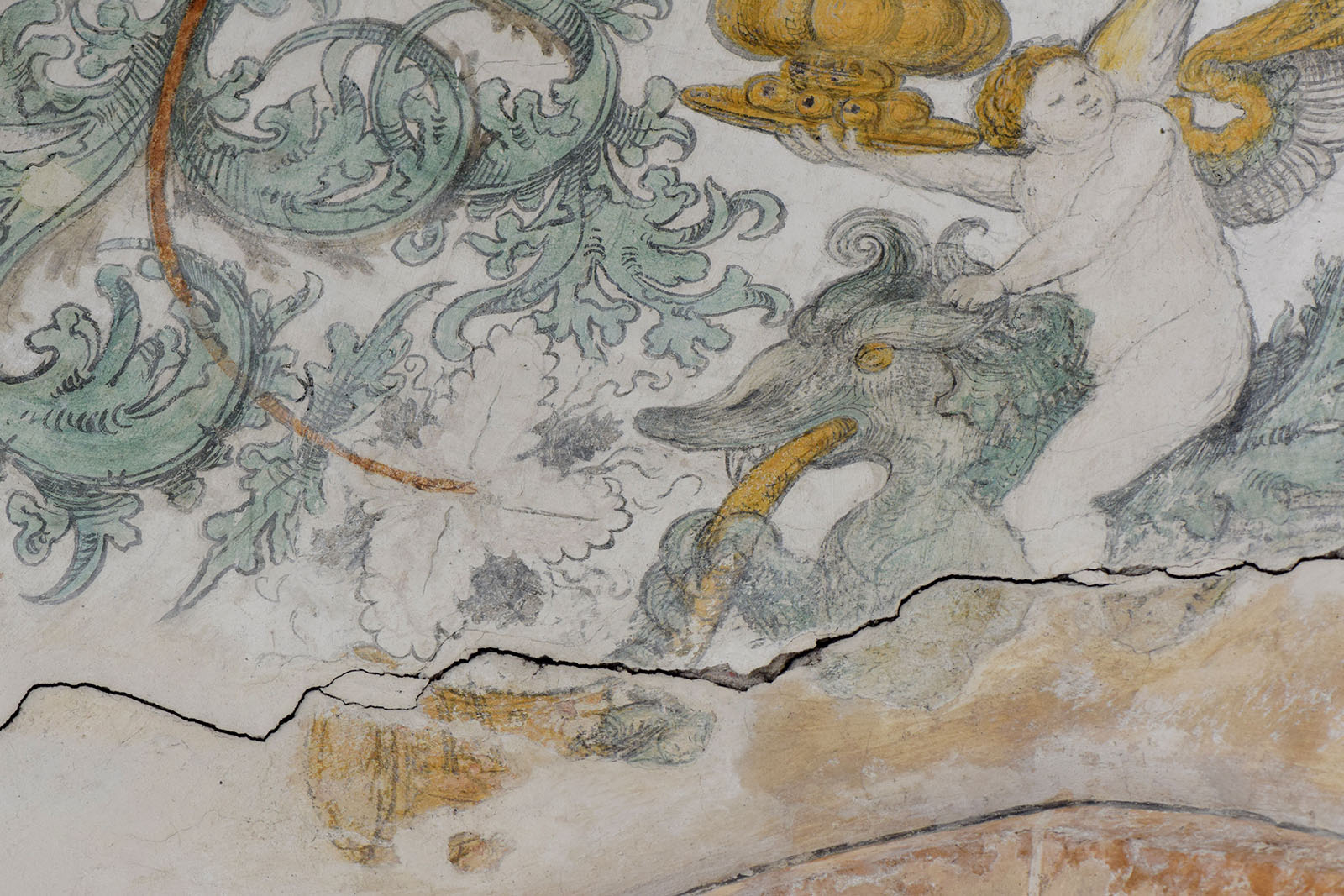Exploring Current 3D Printing and Scanning Technologies
Downloads
DOI:
https://doi.org/10.7480/spool.2019.2.4371Keywords:
3D printing, 3D scanning, heritage, architectureAbstract
Additive Manufacturing (commonly known as 3D printing) technology has become a global phenomenon. In the domain of heritage, 3D printing is seen as a time and cost efficient method for restoring vulnerable architectural structures. The technology can also provide an opportunity to reproduce missing or destroyed cultural heritage, in the cases of conflicts or environmental threats. This project takes the Hippolytuskerk in the Dutch village of Middelstum, as a case study to explore the limits of the existing technology, and the challenges of 3D printing of cultural heritage. Architectural historians, modelling experts, and industrial scientists from the universities of Delft and Eindhoven have engaged with diverse aspects of 3D printing, to reproduce a selected part of the 15th century church. This experimental project has tested available technologies to reproduce a mural on a section of one of the church’s vault with maximum possible fidelity to material, colors and local microstructures. The project shows challenges and opportunities of today’s technology for 3D printing in heritage, varying from the incapability of the scanning technology to capture the existing cracks in the required resolution, to the high costs of speciality printing, and the limited possibilities for combining both printing techniques for such a complex structure.
How to Cite
Published
License
Copyright (c) 2020 SPOOL

This work is licensed under a Creative Commons Attribution 4.0 International License.




